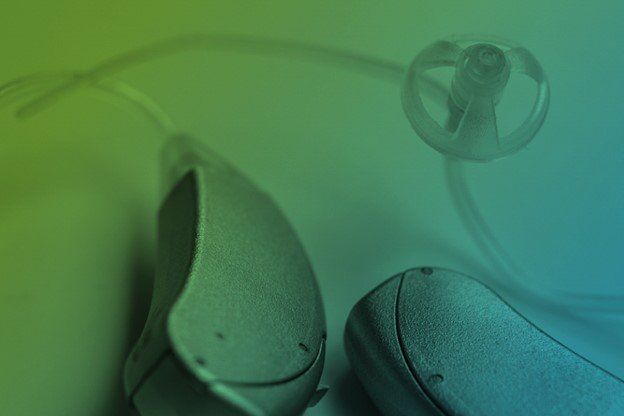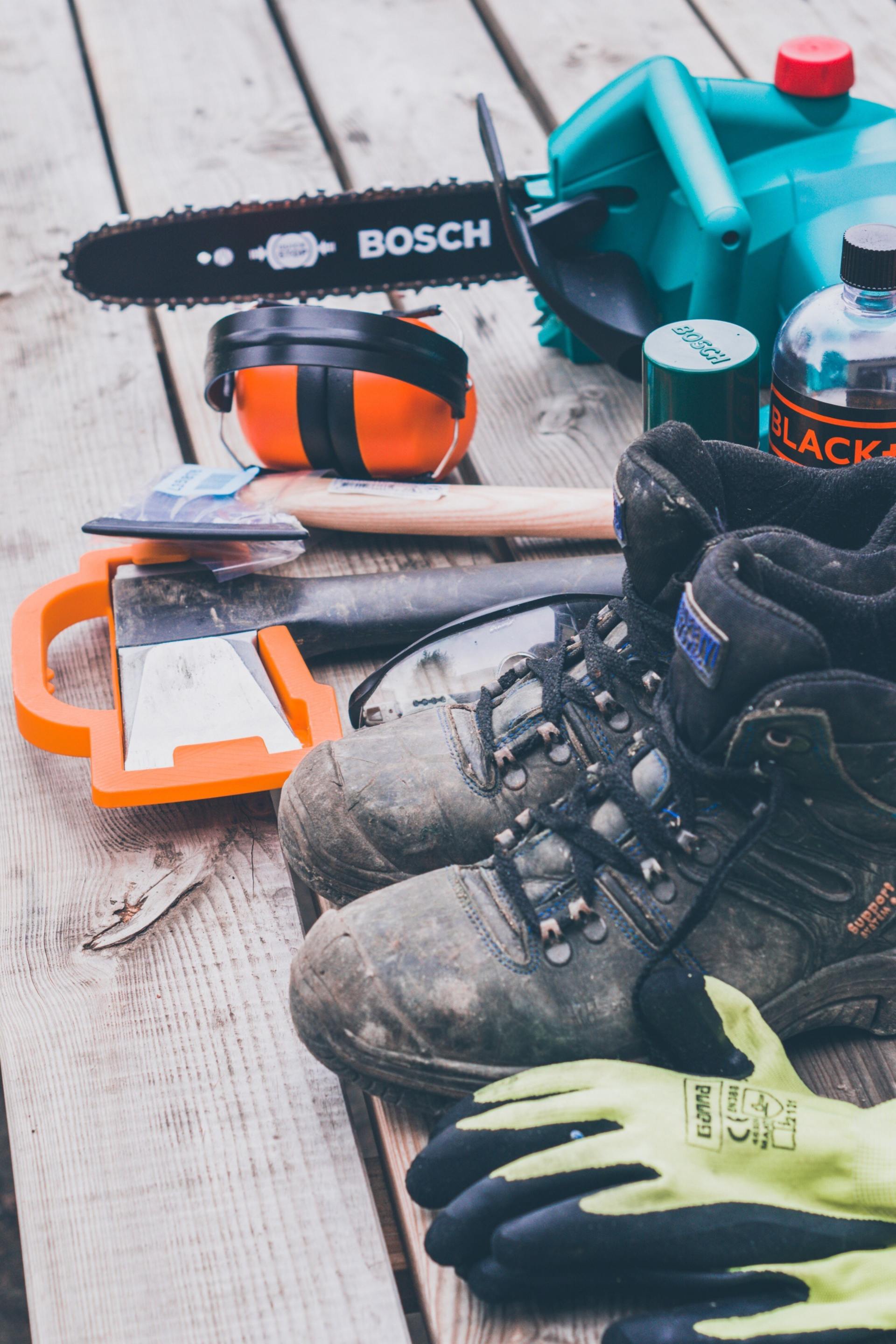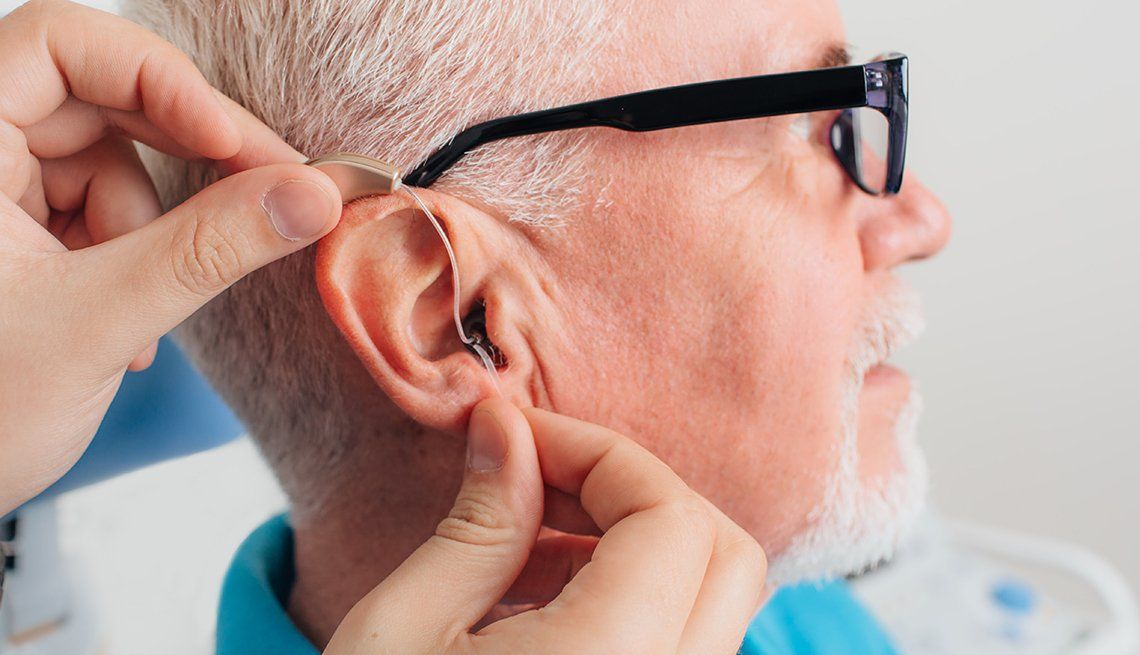How do I check that my hearing aid is on and working?
There are a few ways to check if your hearing aids are functioning:
- You can cup it in your hand and if you hear whistling (feedback), it is on and working! Just be advised some hearing losses may not elicit a lot of whistle where others will elicit more.
- Many hearing aids will have a sound indicator (in the form of verbal confirmation, a beep or a jingle) to indicate that the instrument is on, but quite often it occurs after a short delay of 10 to 12 seconds or immediately after the battery door is closed. Most people have to be very quick at inserting the instrument to hear it.
- The “tickle” test: The wearer can always brush the microphone or cup their ear to see if they hear a scratching noise or hear a bit of feedback.
What do I do if my hearing aid is not working?
Try these steps if your hearing aid is not working. Consult your hearing professional at any point if you are not comfortable performing these suggestions. We are here to help and ensure you always hear optimally.
- Ensure that there is a functioning battery inserted and that the battery is inserted correctly. This may require the wearer to try a new battery.
- Change the wax guard in case it is plugged.
- Clean the tubing (if possible) of any wax or debris.
- For those who can see the microphones, ensure that they are free from debris. Your hearing aid may come with a tool to clean the microphone outlets.
- Put the hearing aid in a dehumidifier overnight if you suspect moisture could be a cause of the hearing aid malfunctioning.
If you have completed the above steps and the aid is still dead, consult your clinician for further assistance!
What do I do if my hearing instrument seems to be working but not to its full capacity?
Perform the same steps as if your instrument were dead.
Many times, a partially plugged wax guard can dampen the sound.
With some batteries as they drain, they may start to attenuate sound especially if the wearer did not follow the 5-minute rule while inserting it. Also, if the battery is near expiry or stored in contact with another battery or not at room temperature, it can cause poor performance.
If the tubes or microphones are partially blocked, the sound may be attenuated.
What do I do if my hearing aid gets wet?
Most hearing aids have a moisture or water resistance rating called IP68. This means that a hearing aid should be able to be at a depth greater than one meter for 30 minutes and after drying off will work properly. If you get caught in the rain or hop in the shower for one minute with your devices on, they will probably be fine.
If your devices are submerged in water for longer periods of time, it is best to remove the device and take the battery out completely. Then set the hearing aid in the dehumidifier for an extended period (preferably 24 hours). If your devices work after that, then great! If not, consult your clinician.
What do I do if my hearing aid sounds funny?
First, perform all the same checks you would for a dead or weak device: change the battery, check the wax guard and ensure there is no debris in the microphone or tubing. If these all check out, then observe the battery compartment for corrosion. You can also check the tubing and ear hook for moisture (if moisture is present, leave them in your dehumidifier for an extended period of time). Double-check the program you are in if you have multiple to choose from and make sure you are in the default program. If you are unable to resolve your issues, consult your clinician.
What do I do if my hearing aid whistles in my ear even if it is in position correctly and nothing is cupping my ear?
Whistling or feedback will occur when amplified sound coming out of the speaker enters the microphone. Several things can cause this.
Ensure the device is inserted correctly. Check that all the components of the device are intact. Observe that the device has no evident cracks or holes in the housing, and ensure the tubing is tightly secured to your ear tip. Inspect the ear hook, making sure it is fastened to the hearing aid appropriately and is free from cracks or breakage. If anything seems to be damaged, consult your clinician.
If all appears to be intact and free of damage, the next step is to have your ear checked for wax. Blockage of the canal and eardrum can result in feedback.
Also evaluate the fit of the hearing aid. Does it feel as tight as it originally did? Does it seem to slip out of your ear, especially while you are chewing or talking? Have you recently experienced any physical changes such as major weight loss (as it can affect the shape of the ear canal)? Our ear canals can change over time and they can stretch. If that happens, it can affect the fit and result in feedback. If this seems to be the culprit, consult your clinician for a possible refit of your device.
How often should my devices be professionally checked?
We highly recommend that you have your hearing aids checked and tested every 6 months to ensure optimal functioning. This is a complimentary service we provide when you purchase your hearing aids at the Audiology Clinic of Northern Alberta.
Learn More About Hearing Aids
Explore the technology to live a better life with hearing challenges and tinnitus.









